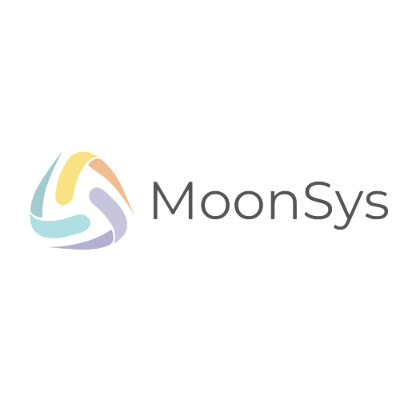
July 22, 2023
By Hania Rahman
Enabling Collaborative Software Development
Software development is the backbone of the digital world, driving innovation across industries like healthcare, finance, education, and entertainment. By building scalable, efficient, and user-centric applications, developers solve real-world problems and shape how we live and work. Automation, cloud computing, and AI are rapidly transforming the development landscape, demanding faster delivery cycles and smarter solutions. As technology evolves, software development is no longer just about coding — it's about creating ecosystems that are adaptable, secure, and future-ready. Those who stay ahead of trends will define the next generation of digital experiences.
Programs must be written for people to read, and only incidentally for machines to execute.
Harold Abelson
Behind the Code: How Software Comes to Life
Software development is the backbone of the digital world, driving innovation across industries like healthcare, finance, education, and entertainment. By building scalable, efficient, and user-centric applications, developers solve real-world problems and shape how we live and work. Automation, cloud computing, and AI are rapidly transforming the development landscape, demanding faster delivery cycles and smarter solutions. As technology evolves, software development is no longer just about coding — it's about creating ecosystems that are adaptable, secure, and future-ready. Those who stay ahead of trends will define the next generation of digital experiences.
Software development takes the instructions you write and passes them to a compiler or interpreter. This engine processes the code and turns it into actions that computers can perform, creating real-world functionality from raw logic.
Ready for Custom Software? Here's Why It's a Game-Changer
While development tools manage extra features—like tracking changes and debugging—the actual code handles the system's behavior and performance, making everything run as designed.
Tailored Solutions:
Custom software is designed for your specific needs, cutting out inefficiencies.
Cost Efficiency:
Automating processes with custom software reduces operational expenses.
Scalable Growth:
Custom-built software grows with your business, adapting to new demands.
From Patterns to Logic: Shifting the Software Development Landscape
Custom software enhances operations, reduces costs, and scales with your business. Whether in retail, healthcare, or finance, tailored solutions streamline workflows and boost efficiency.
In software development, a major shift has occurred with the rise of logic-based development models, such as those used in automated decision-making systems and smart algorithms.
Traditional software development relies heavily on large-scale frameworks and libraries, which are excellent for building applications by following pre-defined patterns and rules. These tools allow developers to quickly create scalable systems with standardized processes. However, this pattern-based approach has its limitations, particularly when tackling unique, dynamic, or poorly defined problems.
In contrast, logic-based models approach complex challenges by breaking them down step-by-step, focusing on solving problems using reasoning and logic. These models, though trained on smaller datasets, prioritize structured thought and often utilize algorithms to simulate decision-making. This results in a slower process since more time is required to analyze each step, but their ability to work through complex scenarios can sometimes yield more accurate and effective solutions.

Why Custom Software Development is Important
- Scale efficiently to handle growing business needs.
- Create tailored solutions that optimize workflows and user experiences.
- Industries like retail, healthcare, and finance rely on custom software to streamline operations and improve efficiency.
- Reduce long-term costs by automating and optimizing business processes.
How I Chose the Best Custom Software Solutions
As software development technologies evolve rapidly, staying updated with the latest innovations is essential. After thoroughly evaluating various development solutions, I've identified the top performers based on key criteria:
User Experience
A high-quality software solution should be intuitive, easy to navigate, and provide a seamless experience. The design and user interface (UI) play a critical role in ensuring smooth interactions for both end-users and developers.
Development Performance
Great software isn't just about functionality—it should be scalable and responsive, adapting to different environments and user needs. Efficiency, speed, and robustness enhance the overall performance.
Built-in Tools & Features
Top software solutions offer more than just core features. Integrated tools like analytics dashboards, real-time data processing, and automation capabilities significantly enhance their utility and usability.
Innovative Enhancements
The best software goes beyond expectations. Features like cloud integrations, AI-powered tools, and smart automation elevate productivity and provide solutions to complex problems.
By focusing on these factors, I've identified the custom software solutions that set the benchmark for performance, usability, and innovation. Stay tuned as I continue to update this list with the best in software development.
Conclusion:
Software development has evolved from basic coding to a critical component of business transformation across industries like finance, healthcare, and manufacturing. By leveraging modern frameworks and technologies, developers create scalable, efficient solutions that address real-world problems and improve user experiences. Businesses benefit from custom software's flexibility, automation capabilities, and long-term cost savings, making it a key driver of innovation. The rise of AI and machine learning in development workflows marks a shift toward smarter, more adaptive systems. As the field continues to advance, ongoing innovations in coding practices, cloud integration, and automation will play a crucial role in shaping the future of software.



